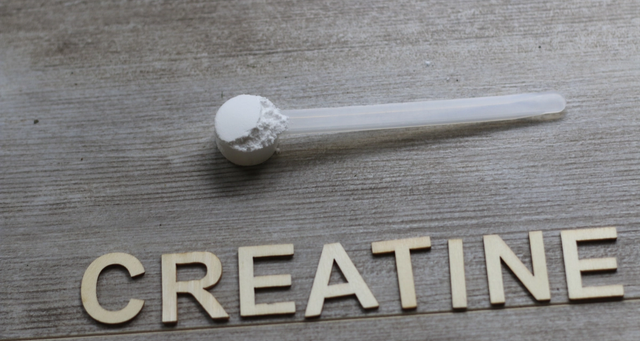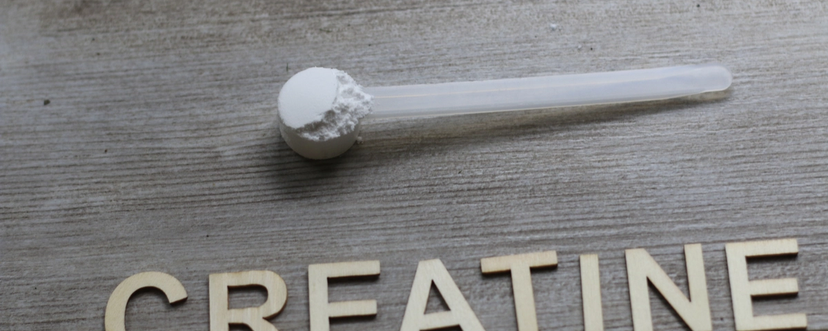
These 5 At-Home Fitness Routines Will Improve Your Mental Health
It’s no secret that regular physical activity has incredible benefits for your body—but did you know it’s just as transformative for your mind? Studies have consistently shown a strong connection between regular exercise and improved mental health. From alleviating stress to boosting mood and focus, the right fitness routine can make a world of difference.
The best part? You don’t need a gym or expensive equipment to reap the benefits of exercise and physical activity. At-home workouts are an accessible, convenient, and effective way to take care of your mental well-being. In this guide, we’ll explore five at-home fitness routines designed to improve your mental health, and how incorporating them into your daily life can make a positive impact.
Yoga For Cultivating Mindfulness and Reducing Stress

When it comes to fitness and its impact on mental health and mental illness, yoga truly reigns supreme. Yoga's ability to lower cortisol, the body's stress hormone, while fostering relaxation and mental clarity, makes it an invaluable asset.
How Yoga Improves Mental Health
Yoga encourages a profound shift in perspective, urging you to slow down, tune into your body, and focus on the present moment. By anchoring you to the here and now, yoga provides a sanctuary from the stresses of daily life. It's powerful for your physical and mental health.
The National Center for Complementary and Integrative Health endorses yoga as a helpful addition to a mental health treatment plan for mental health conditions like depression, anxiety and post-traumatic stress disorder. The combination of moderate physical activity, deep breathing, and mindful awareness creates a harmonious balance between the body and mind.
Simple At-Home Yoga Routine
- Child’s Pose: Child's pose is a restful yoga posture where you kneel on the floor, sit back on your heels, and fold forward, resting your forehead on the mat.
- Downward Dog: Builds strength and releases tension in the shoulders, hamstrings, and spine. Start on all fours, then lift your hips up and back, forming an inverted V-shape. Hold for 30 seconds to 1 minute, breathing deeply.
- Warrior II: Strengthens legs and core while improving focus and stability. Step your feet wide apart, turning your right foot out 90 degrees. Bend your right knee and extend your arms parallel to the floor. Hold for 30 seconds and then repeat on the other side.
- Corpse Pose: A final relaxation pose to absorb the benefits of your practice and release negative thoughts. Lie flat on your back with arms relaxed by your sides. Close your eyes and let go of tension. Hold for as long as you want.
Even dedicating 15-20 minutes to this routine can make a noticeable difference in your stress levels and overall well-being.
Aerobic Exercises For Boosting Mood and Energy Levels
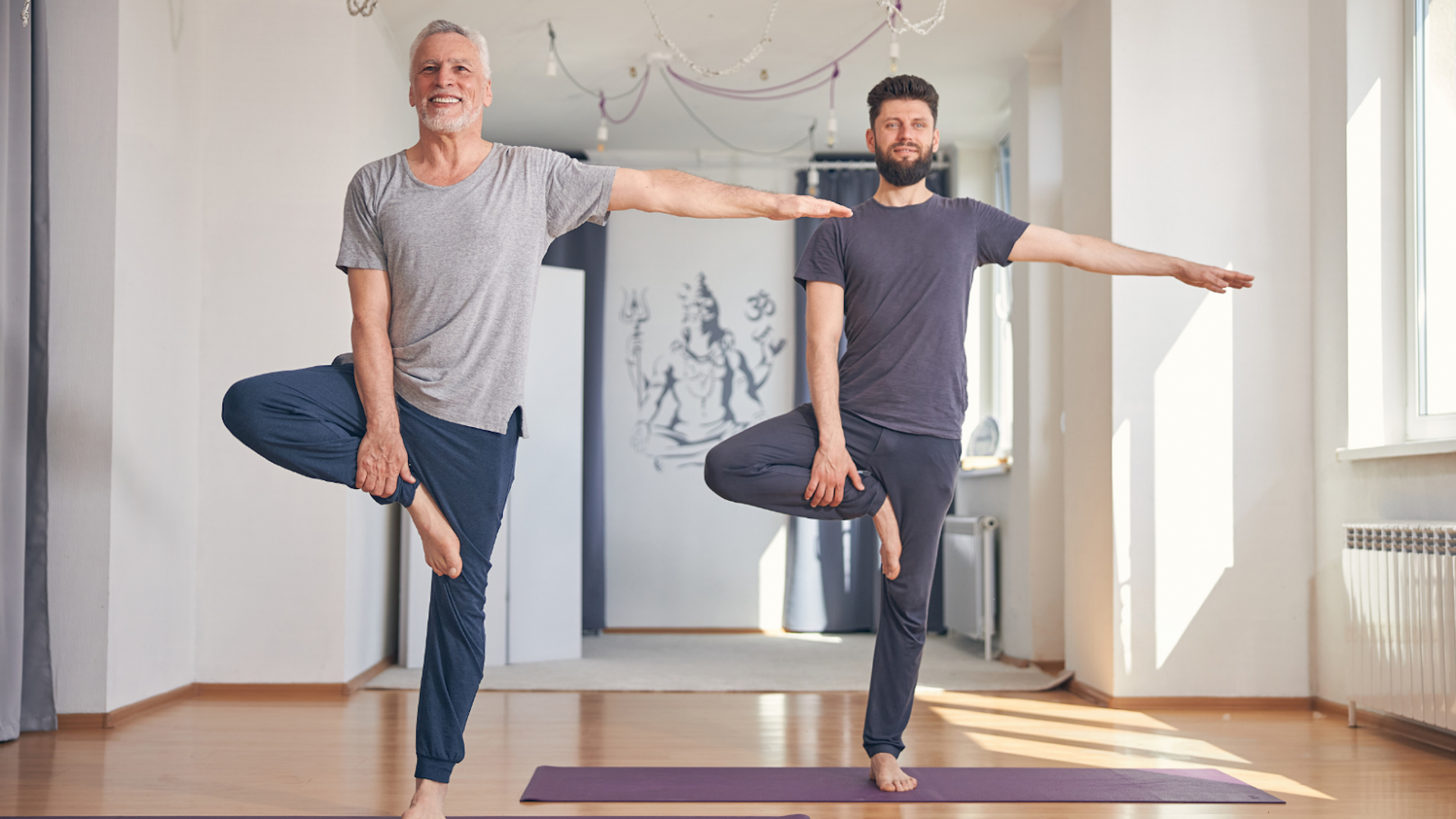
Cardio isn't just about physical fitness—it's a powerful form of mental health care. Aerobic exercises are a form of physical activity that elevates your heart rate, triggering the release of endorphins and neurotransmitters like serotonin that act as natural mood elevators. Think of it as a joyful cocktail for your cognitive function and brain cells!
How Aerobic Activity Provides Positive Mental Health Benefits
Engaging in aerobic exercises can be a game-changer for those struggling with low mood and anxiety. Studies have shown that cardio can significantly alleviate symptoms of mental illness like depression, reduce anxiety, and increase overall energy levels. It's like hitting a reset button for your mind, allowing you to clear away chaotic mental energy and refocus when you're feeling overwhelmed.
- Jumping Jacks: The moderate-intensity exercise begins with you standing with your feet together and arms at your sides. As you jump, spread your legs shoulder-width apart and raise your arms overhead. Jump back to the starting position.
- High Knees: Boost your heart rate while engaging your core and leg muscles. Run in place, bringing your knees up towards your chest with each step.
- Butt Kicks: A low-impact physical activity that stretches your quadriceps and improves circulation. Jog in place, kicking your heels up towards your glutes with each step. Keep your core engaged and maintain a light, bouncy rhythm.
- Dancing: Turn on your favorite playlist and let loose! Dancing is a fun and effective way to improve your mood, relieve stress, and burn calories. Move your body freely and expressively to the music.
Do each regular exercise for 30 seconds, followed by 15 seconds of rest (except the dancing—you can do that as long as you want!) Other aerobic exercises could include a bike ride, brisk walk or a moderate exercise class.
Strength Training That Builds Resilience and Confidence
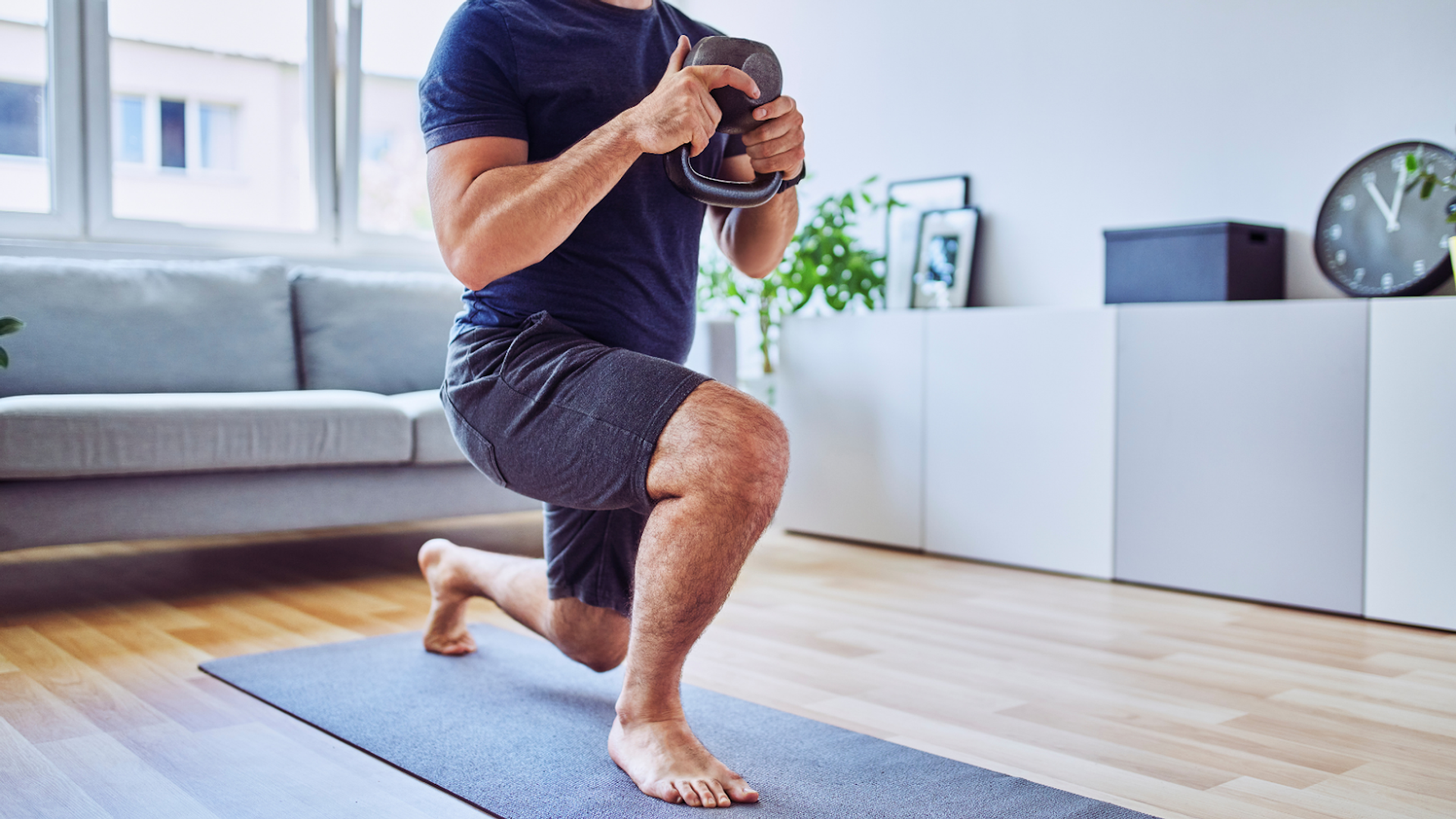
Strength training is often associated with building muscle and physical power, but its perks extend far beyond just the physical benefits of exercise. Engaging in regular strength training can have a profound impact on your mental health, fostering resilience, boosting self-esteem, and promoting a sense of empowerment.
Why Strength Training Is Good For Mental Illness
Lifting weights or performing bodyweight exercises is not just about physical strength; it's about building mental resilience as well. Each rep, each set, and each workout becomes a challenge to overcome. This process of pushing your limits and achieving new milestones translates into greater confidence and coping skills that extend beyond the gym and into daily life.
Furthermore, mental health professional-backed studies published by PubMed have linked strength training with increased levels of neurotransmitters, like serotonin, reducing symptoms of depression and anxiety while promoting better sleep patterns – all essential components of mental well-being.
- Squats: Stand with feet shoulder-width apart, toes pointing slightly outward. Keeping your back straight and core engaged, lower your hips as if sitting back in a chair. Push through your heels to return to standing. Squats strengthen your lower body, improve balance, and boost overall mobility.
- Push-Ups: Start in a plank position with hands shoulder-width apart and toes curled under. Lower your body by bending your elbows until your chest touches the floor. Push back up to the starting position. Push-ups are a classic form of physical activity that strengthens your chest, shoulders, triceps, and core.
- Planks: Begin in a push-up position, but with your forearms resting on the floor. Keep your body in a straight line from head to heels, engaging your core muscles. Hold this position for as long as you can maintain good form. Planks build core stability, improve posture, and enhance mental focus.
- Lunges: Stand with feet hip-width apart. Take a step forward with your right leg and lower your hips until both knees are bent at a 90-degree angle. Push off with your front foot to return to standing. Alternate legs. Lunges improve coordination, balance, and lower body strength.
Perform 10–12 repetitions of each regular exercise, resting for 30 seconds between moves.
Enhancing Emotional Regulation with Mindfulness Meditation
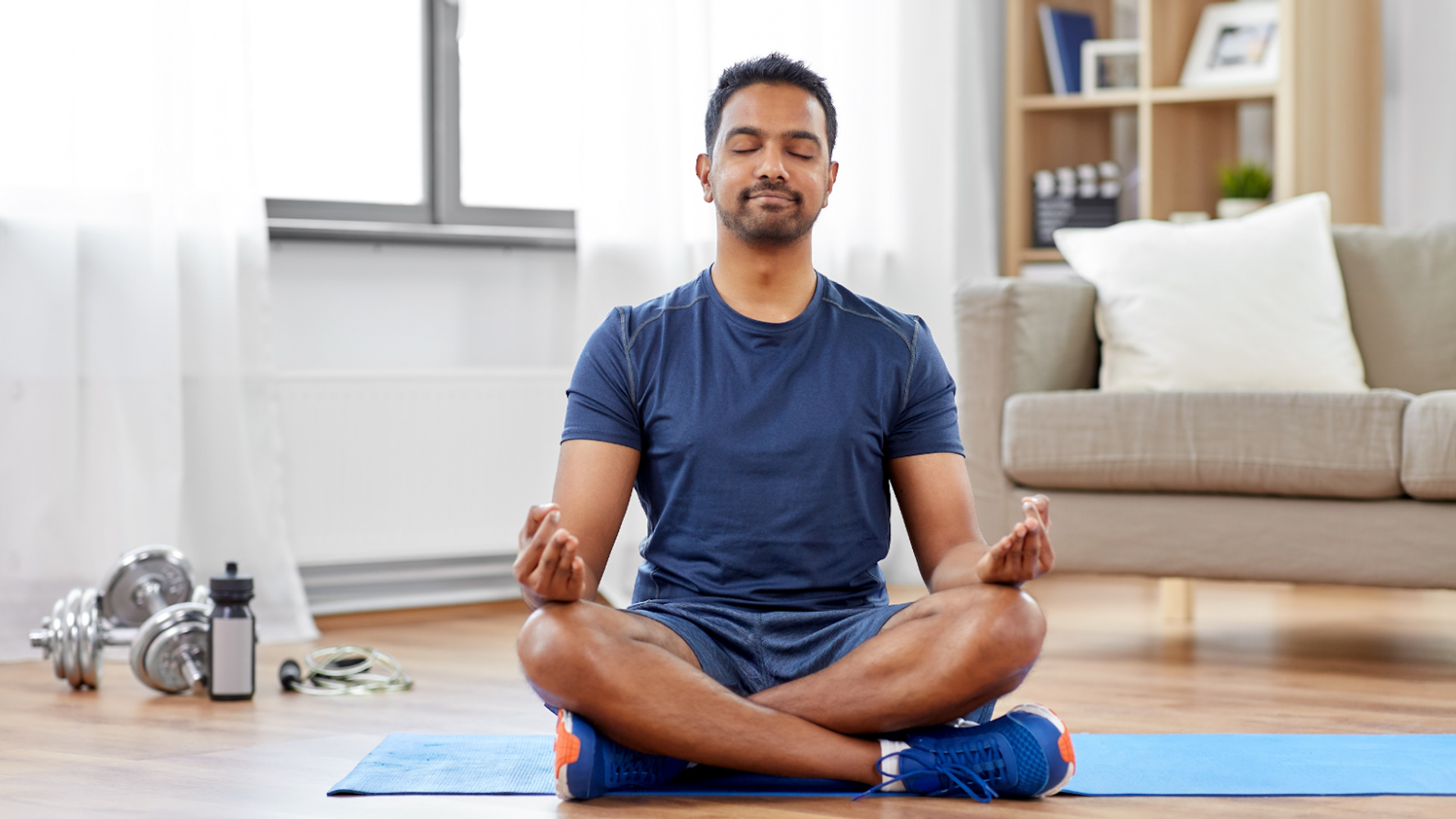
While it may not involve physical activities like traditional workouts, mindfulness meditation is a potent mental fitness practice that can profoundly impact your emotional well-being. Think of it as a workout for your mind, strengthening your ability to navigate the ups and downs of life with greater ease and resilience.
The Connection Between Meditation and Mental Health
Meditation cultivates a state of focused awareness, allowing you to observe your thoughts and emotions without judgment. This practice helps to calm the mind, improve focus, and foster a more positive outlook.
Mental health professionals at Frontiers in Neuroscience report that meditation is particularly effective for reducing symptoms of depression and anxiety. The research shows it can also enhance emotional resilience, enabling you to bounce back from challenges with greater ease and grace.
This simple practice can be done anywhere, anytime:
- Find a quiet space: Choose a comfortable and peaceful environment where you can sit or lie down without distractions.
- Focus on your breath: Close your eyes and turn your attention to your breath. Notice the sensation of the air entering and leaving your body. Observe the rise and fall of your chest or abdomen with each inhale and exhale.
- Practice a body scan: Bring your awareness to your body, starting with your toes. Mentally scan each part of your body, noticing any sensations or tension. As you move through your body, consciously release any tension you encounter.
- Guided meditations: If you prefer guidance, explore meditation apps like Headspace or Calm. These apps offer a wide range of meditations tailored to various needs, including reduction of stress hormones, emotional regulation, and sleep improvement.
Spend 10–15 minutes meditating daily. Apps like Headspace or Calm can provide guided meditations tailored to mental health conditions.
Flexibility and Stretching Exercises To Releasing Tension

Stretching is often overlooked, but it plays a crucial role in both physical health and mental health by releasing physical tension and promoting relaxation. Think of stretching as a way to unwind not just your body, but your mind as well. When your muscles are tight and constricted, it can exacerbate feelings of stress and mental health problems like clinical anxiety. By releasing physical tension through stretching, you create space for relaxation and mental ease.
The Mental Health Benefits of Stretching
Stretching encourages mindfulness by drawing your attention to the present moment and the sensations in your body. As you move through slow, deliberate stretches, you shift your focus inward, calming the mind and easing stress. It's an excellent way to warm up your body before physical exercise or unwind after a long day.
- Neck Rolls: Gently tilt your head to the right, then roll it forward, to the left, and back, making a complete circle. Repeat several times in both directions.
- Cat-Cow Stretch: Start on all fours. Inhale, dropping your belly and lifting your chest and tailbone (Cow Pose). Exhale, rounding your spine and tucking your chin (Cat Pose). Flow between these poses.
- Hamstring Stretch: Sit with legs extended straight out. Reach for your toes, keeping your back straight. Hold the stretch, feeling a gentle pull in the back of your legs.
- Child’s Pose: Start on all fours, bring your big toes together, and sit back on your heels. Fold forward, resting your forehead on the mat.
Hold each stretch for 20–30 seconds, breathing deeply and focusing on how your body feels.
Implement Physical Activity and Fitness for Mental Health

Fitness isn’t just about physical appearance; it’s a vital tool for improving mental health. Adding some regular physical activity and mental health exercises into your daily routine doesn’t have to be overwhelming. Start small and gradually increase the time or intensity as you build consistency. Exercise regularly, and treat it as a non-negotiable appointment for physical activity with yourself. For further accountability and guidance, you can work one-on-one with a wellness specialist from Svetness, who will be there to support you along the way.
Ready to begin and reap the benefits of exercise and physical activity for better mental health? Choose an exercise program today and experience how much exercise and physical activity can support your mental well-being. Share your journey, and let us know which exercise routine works best for you.
Frequently Asked Questions
How can I maintain a healthy weight and prevent weight gain?
Living a healthy lifestyle that includes exercising regularly is key. Exercise promotes calorie burning and helps you maintain a healthy body composition, making it easier to manage your weight and prevent unwanted weight gain.
What are the benefits of being physically active?
Physical activity provides numerous benefits for your health! Exercise promotes better sleep, reduces stress, and improves mood. It also helps with disease control by lowering your risk of developing high blood pressure, type 2 diabetes, cardiovascular disease, and certain types of cancer. Plus, it helps you maintain a healthy weight and boosts your energy levels!
Start your Svetness journey today
Get a free consultation and see how our trainers can transform your wellness journey.
